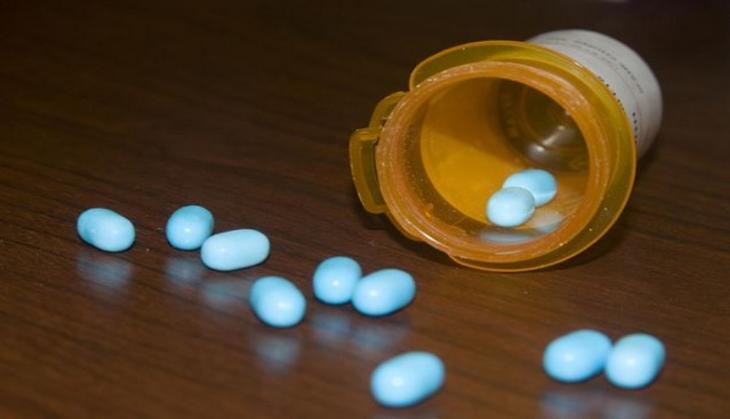Trans teens twice as likely as others to engage in substance use
A new study has found that transgender adolescents are more than two times likelier to engage in substance use in their lifetimes than their non-transgender peers.
The Chapman University research looked at nearly 5,000 transgender students and 630,000 non-transgender students in middle and high schools in nearly every school district in California.
Lead author Kris De Pedro said that transgender adolescents face tremendous social stress in families and schools, which often leads to behavioural health disparities.
"We wanted to assess whether rates of substance use were higher among transgender adolescents when compared with non- transgender adolescents," De Pedro added.
The study showed transgender students were two and half times more likely than non-transgender students to use cocaine/methamphetamine in their lifetime, and about 2.8 times more likely to report using an inhalant in the past 30 days. Transgender students were also more than twice as likely to report past 30-day prescription pain medication use, and more than three times as likely to use cigarettes in school.
"While California is a very progressive state in terms of social policies, our study's findings indicate a need for community- and school-based interventions that reduce substance abuse among transgender youth," said De Pedro. "Drug use in youth has long-reaching effects into adulthood.
The study looked at recent, in-school use, lifetime use of cigarettes, tobacco, alcohol, marijuana, cocaine, and ecstasy, in addition to nonmedical use of prescription painkillers, diet pills, Ritalin or Adderall, and cold medicine. The ethnic makeup of the students mirror that of the state.
When compared with their peers in school, transgender students have reported higher rates of physical victimization, verbal harassment and cyberbullying; as well as lower support from peers and school staff.
The paper appears in the Journal of School Health.
-ANI

